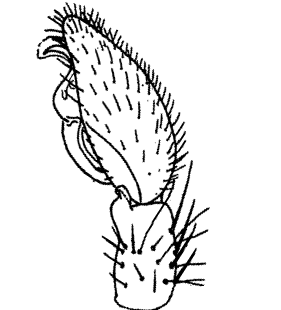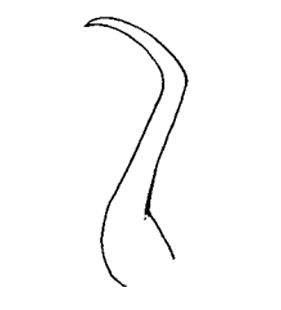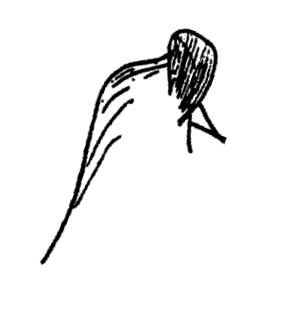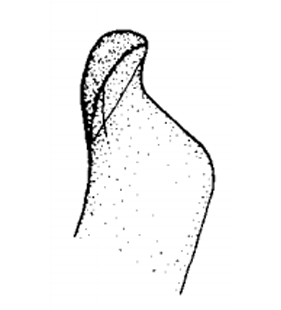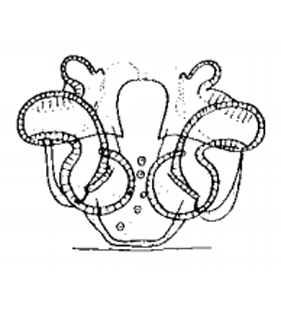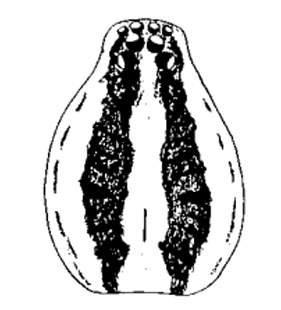Zora distincta Kulczyński, 1915
Description
Epigyne with small groove and strongly pigmented. Prosoma without dark lateral band (pigment spots of coxal margins visible through prosoma can pretend a discontinuous band, distinctly separated from margin). Prosoma length: 1.8-2.0 mm. Legs male: coxa IV with fine hairs. Opisthosoma ventrally and laterally brown to dark brown, in striking contrast to much brighter dorsal side.
Distribution
Figures
Distribution List
"No references" does not mean that the species does not occur in this country, but that we have not yet inserted the reference for it. We are working on it.
References
Gallé R, Gallé-Szpisjak N, Zsigmond A-R, Könczey B, Urák I (2021) Tree species and microhabitat affect forest bog spider fauna. European Journal of Forest Research 140: 691-702 ![]()
Heimer S, Nentwig W (1991) Spinnen Mitteleuropas. Paul Parey Berlin ![]()
Hirna A, Gnelitsa V, Zhukovets E (2016) A checklist of the spiders (Araneae) of the Chornohora Mountain massif (Ukrainian Carpathians). Arachnologische Mitteilungen 51: 16-38 ![]()
Miller F (1947) Pavoucí zvírena hadcových stepí u Mohelna. Archiv Svazu na Výzkum a Ochranu Přírody i Krajiny v Zemi Moravskoslezské 7: 1-107 ![]()
Rozwałka R, Stanska M (2008) Check-list of spiders (Araneae) of Poland. 1. December 2008. online at http://www.arachnologia.edu.pl/en/species/8-spiders-of-poland.html ![]()
Růžička V, Řezáč M (2022a) Seznam pavouků České republiky. List of spiders of the Czech Republic. Online at https://www.arachnology.cz/seznam-pavouku-cr-26.html and https://www.arachnology.cz/en/seznam-pavouku-cr-26.html ![]()
WSC (2025) World Spider Catalog. Version 26. Natural History Museum Bern, online at http://wsc.nmbe.ch (28.2.2025) doi: 10.24436/2 ![]()
